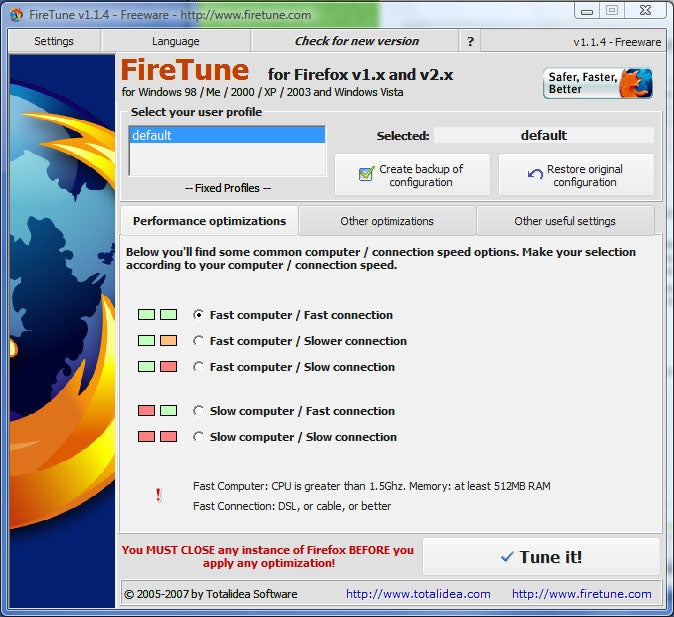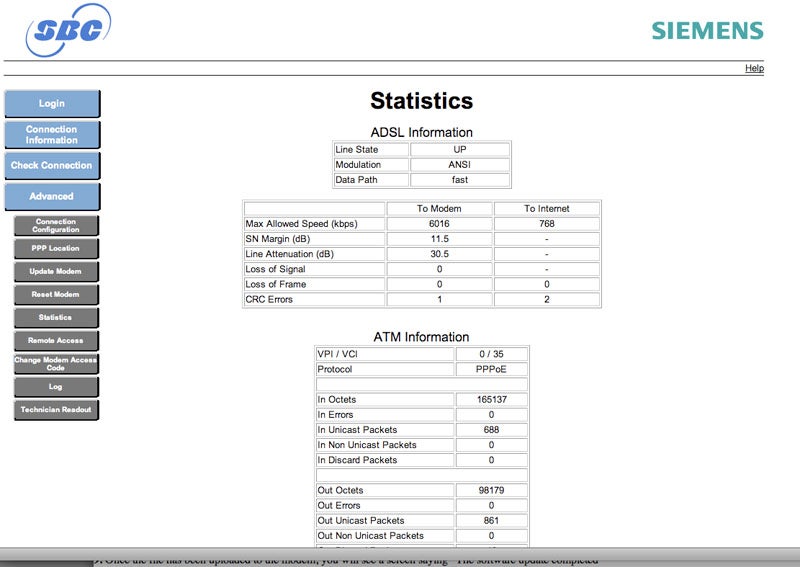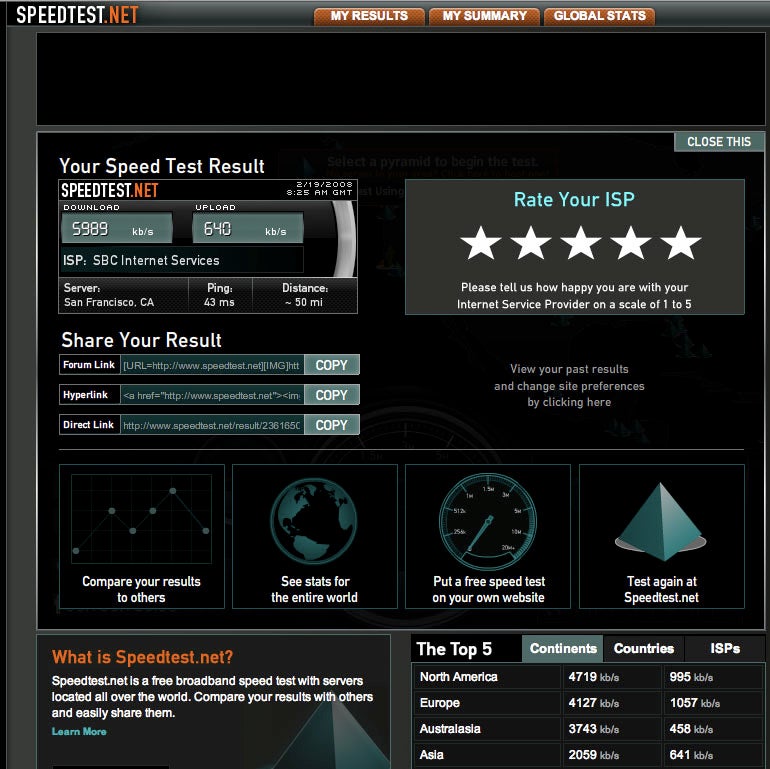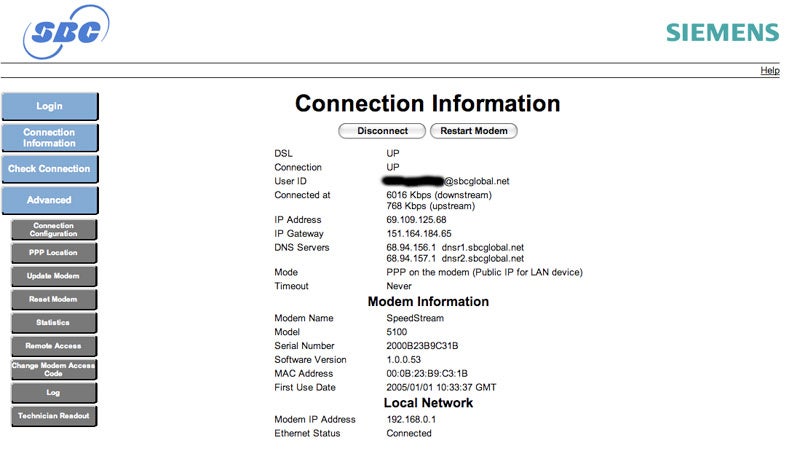If you get excited about the prospect of really, really fast broadband Internet service, here’s a statistic that will make heart race. Or your blood boil. Or both.
Pretty much the fastest consumer broadband in the world is the 160-megabit-per-second service offered by J:Com, the largest cable company in Japan. Here’s how much the company had to invest to upgrade its network to provide that speed: $20 per home passed.
The cable modem needed for that speed costs about $60, compared with about $30 for the current generation.
By contrast, Verizon is
spending an average of $817 per home passed to wire neighborhoods for its FiOS fiber optic network and another $716 for equipment and labor in each home that subscribes, according to Sanford C. Bernstein & Company.
Those numbers from Japan came from Michael T. Fries, the chief executive of Liberty Global, the American company that operates J:Com.
His larger point: “To me, this just isn’t an expensive capital investment,” he said.
The experience in Japan suggests that the major cable systems in the United States might be able to increase the speed of their broadband service by five to 10 times right away. They might not need to charge much more for it than they do now and they’d still make as much money.
The cable industry here uses the same technology as J:Com. And several vendors said that while the prices Mr. Fries quoted were on the low side, most systems can be upgraded for no more than about $100 per home, including a new modem. Moreover, the monthly cost of bandwidth to connect a home to the Internet is minimal, executives say.
So what’s wrong with this picture in the United States? The cable companies, like Comcast and Cablevision, that are moving quickly to install the fast broadband technology, called Docsis 3, are charging as much as $140 a month for 50 Mbps service. Meanwhile other companies, like Time Warner Cable, are moving much more slowly to upgrade.
Competition, or the lack of it, goes a long way to explaining why the fees are higher in the United States. There is less competition in the United States than in many other countries. Broadband already has the highest profit margins of any product cable companies offer. Like any profit-maximizing business would do, they set prices in relation to other providers and market demand rather than based on costs.
Pricing at Liberty varies widely by market. In Japan, its 160 Mbps service costs 6,000 yen ($60) per month. That’s only $5 a month more than the price of its basic 30 Mbps service. In the Netherlands, meanwhile, it charges 80 euros ($107) for 120 Mbps service and 60 euros ($81) for 60 Mbps. Mr. Fries said that he expected these prices would fall over time.
“Our margins go up,” he said. “But we are delivering more value.”
Cable executives have given several reasons for why many cable systems in the United States are going very slowly in upgrading to Docsis 3. There’s little competition in areas not served by Verizon’s FiOS system, which soon will offer 50 Mbps service. And some argue there isn’t that much demand for super-high speed.
Mr. Fries added another: Fear. Other cable operators, he said, are concerned that not only will prices fall, but that the super-fast service will encourage customers to watch video on the Web and drop their cable service.
The industry is worried that by offering 100 Mbps, they are opening Pandora’s box, he said. Everyone will be able to get video on the Internet, and then competition will bring the price for the broadband down from $80 to $60 to $40.
Aren’t you worried that the prices will fall too? I asked.
“Maybe,” he said very slowly. “We’ll see how it happens. We want to keep it up there for now. It is a premium service.”










